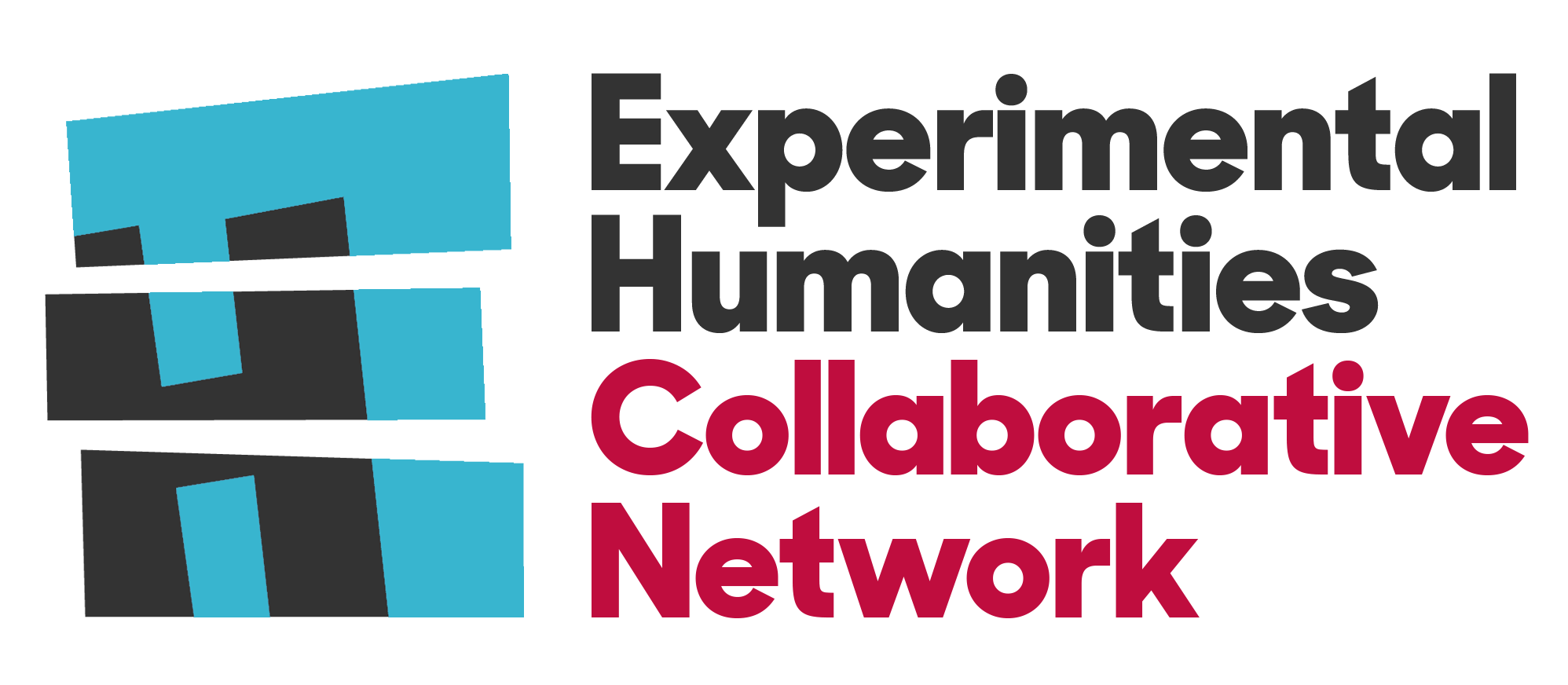Welcome to The Experimental Humanities Collaborative Network
Speculative Futures
Assignment 1
Part 1. Speculative Fiction: Future of Sapelo Island, Gullah Geechee territory Collective
Task: Collaborate to compose a micro-narrative speculating on a sustainable future for Sapelo Island, Georgia. Consider the resources available intangible, semi-tangible, and tangible – the landscape, the people’s history and culture, their knowledge, the organizations and buildings and infrastructure.
Process: Three rounds. For each everyone writes on a strip of paper a micro story – 50 words. In the successive rounds each narrator can continue the storyline they started with, or can change it. After each round the strips are collected and taped into a larger piece of paper without any order. A member of the seminar reads them all as if they were a single composition.
Part 2. Prompt: Creating Space to Conceive Futures
Write narrative - speculative fiction - about a future when the place and community you are writing about can evolve folding in history and knowledge to live sustainably. The location is a place in the Sea Islands of your choosing. You can create a place that doesn’t exist, but it has to be built on the characteristics of those that do exist in the area. Approximately 300 words.
Assignment 2
Our goal in designing this exercise is to encourage cross- university dialogue, and to have students think about their local place as we adapt to rapidly changing environmental, political, economic, and cultural conditions, using the town of Visaginas and their nuclear-based economy as a means of understanding places like Phoenix, Arizona and Hampton, Virginia.
Arizona State University: (Wednesday, March 16)
In small groups, respond to your assigned questions. Select one person to record your group’s responses to the question. Please use a BLUE font for your responses, and include your names at the beginning of your response. Be as detailed as possible, and use specific examples to support your ideas. When you have finished responding as a group to a question, please select another question that interests your group and respond to that one as well. We will be returning to this document as a class on March 28.
Hampton University Architecture (Respond by Wednesday, March 23 10:00 AM ET)
Please respond to the questions based on Dr. Sanchez’s instructions. Here are the instructions. All members of the seminar will respond individually to Question #6, and then choose another question to answer. Consider the responses already in place. Use GREEN for your contribution. Write your first name above your answers in GREEN bold.
1. How can we maintain and carry forward knowledge from one generation to another? How do we decide what is important to pass on, and how do we create ways of carrying messages forward? For instance, how can diverse forms of knowledge be collected and used to inform new economic futures for communities like Visaginas, Hampton, and Phoenix?
2. How should diverse stakeholders be sought out and engaged more with energy and infrastructure transition planning? Think about the demographics of these stakeholders; What is diversity and how do you define it? How do you incentivize participation?
3. There are “energy towns” in the USA that have been economically-divested from as they have lost their economic base, such as “coal towns” that need to adapt as coal mines close. Why is Visaginas different? In the “near” future, do you think the service jobs dealing with nuclear waste and other energy/infrastructure maintenance will be automated requiring less human knowledge and skills? What would that look like for labor concerns?
4. How does the current situation in Ukraine and concerns about nuclear plant safety undermine international calls for increasing nuclear energy as a means of addressing carbon emissions? How do national security and new economic development inform one another (or not?)
5. How does national, regional, and local identity affect planning? How do migration patterns and national identity affect values that are incorporated into planning? How is Visiginas a cultural borderland, and how can places like Phoenix and Hampton also be considered political, cultural, economic and environmental borderlands?
6. Rather than seeing places like Visaginas as a place of potential hazards and risks to be contained, how can these places become places of hope, and model the adaptation of society to novel environmental conditions? How can places like Hampton and Phoenix persist and serve as models for evolving climatic conditions (infrastructurally and politically)?

